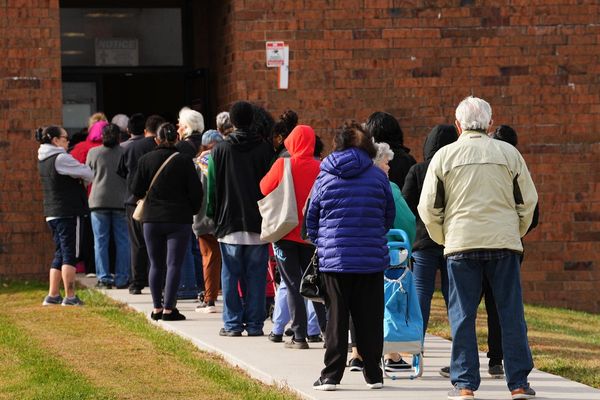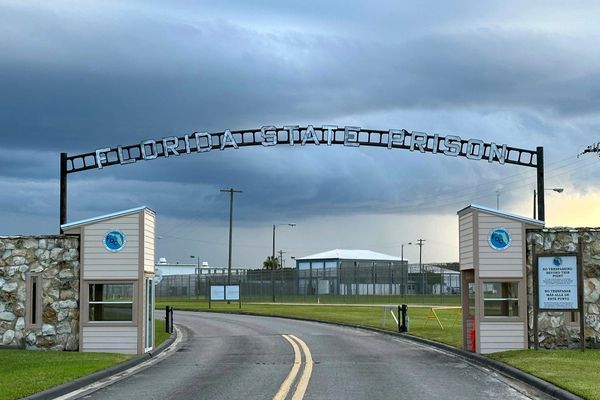
A new chapter in Black American history is unfolding at the Newberry Library, courtesy of a recently acquired glass slides collection highlighting the significance of Chicago and several other Northern cities during the Great Migration in the early 1920s.
The Great Migration was the movement of millions of African Americans from the rural South to the urban Midwest, Northeast and West.
The slides are believed to have been produced between 1922 and 1923 by the Methodist Episcopal Church and, according to the Newberry Library, “are the most complete set known to survive, and few, if any, of the images have ever been published.”

Will Hansen, 43, the Newberry Library curator, says the slides were purchased at auction in October.
“We had our eye on an auction of African Americana and knew that would be something incredibly fascinating for the Newbery and to have in Chicago,” Hansen says.
The slides are glass sheets with an image placed between them. They are based on black-and-white images that have been hand-colored.

“They are a series of lantern slides, also known as sort of magic lantern slides,” Hansen says. “These slides were most likely created to raise funds for the Methodist Episcopal Church’s operations supporting migrants as well as Black communities.”
Miriam Thaggert, a former Newberry research fellow, says the images create a strong connection between the viewer and the people pictured in the slides.
“They are very special visualizations of the African American culture during the Great Migration,” Thaggert says.

Only a few of the slides have a distinct Chicago connection. Other locations include Detroit, Baltimore and Dallas.
“I believe the Chicago-based slides have a sense of immediacy,,” Hansen says. “They transport you back to that moment, making you feel as though you were there, and I think it is valuable for Chicagoans to view these slides.”

“The Great Migration is an important part of Chicago’s history that is sometimes treated as if it belongs in the distant past or isn’t really relevant today,” Hansen says. “It’s important for all Chicagoans to see these [slides] and make that connection.”








